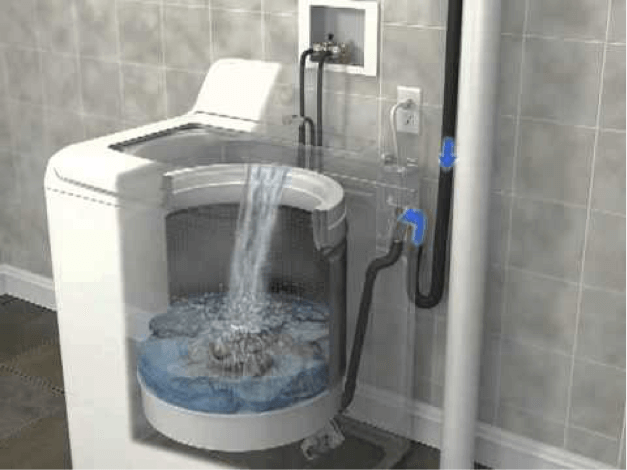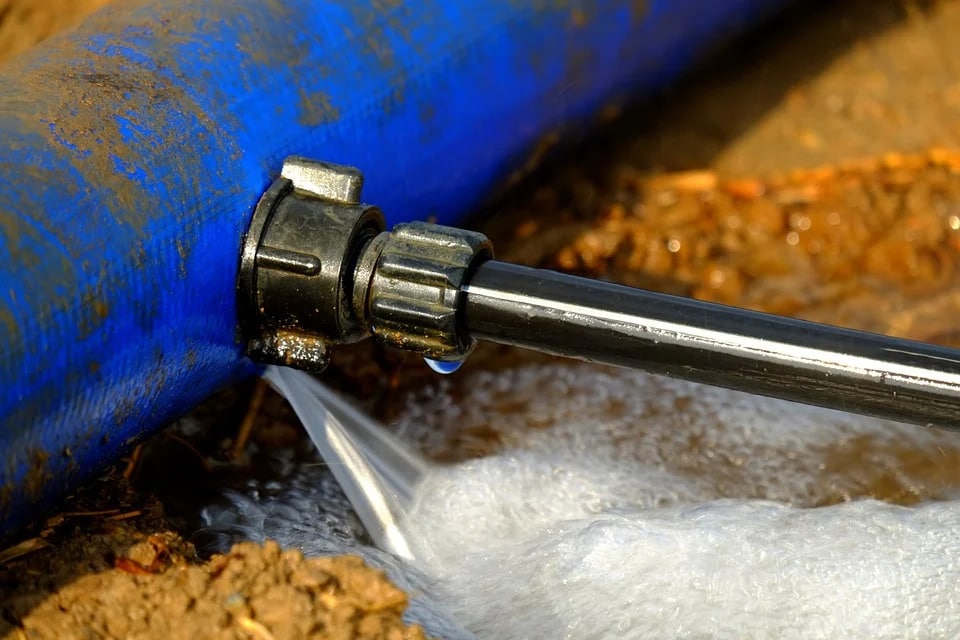The Art of Swift Response: Detecting as well as Repairing a Ruptured Pipe
The Art of Swift Response: Detecting as well as Repairing a Ruptured Pipe
Blog Article
Were you hunting for tips about How to install a dishwasher safely?

A burst pipeline is a major emergency; you can only stand as you see water you pay very much to rejoin with the earth. In even worse cases, you observe a pool on your kitchen area floor, which is an excellent journey risk, particularly if you have children around. If the pipeline that ruptured was in your wall surfaces, bad news: you may require to repaint that whole section.
Exactly how can a tragedy like a burst pipeline be prevented and handled? Well, by paying attention to your professional emergency plumbing professionals and complying with these regulations.
How do I understand when my pipelines have burst?
Changing water stress
Pipelines do not just burst in a day. You may have discovered that your kitchen area faucet or shower does not run quickly when you turn the faucet. It might pause for a few seconds and after that blast you with even more pressure than common.
In other instances, the water might appear regular in the beginning, after that drop in pressure after a few seconds.
Contaminated water
Lots of people presume a ruptured pipeline is a one-way electrical outlet. Rather the contrary. As water spurts of the hole or wound in your plumbing system, impurities locate their method.
Your water may be contaminated from the source, so if you can, check if your water tank has any problems. However, if your drinking water is supplied and purified by the city government, you should call your plumber instantly if you see or smell anything amusing in your water.
Puddles under pipes as well as sinks
When a pipe bursts, the outflow forms a pool. It might show up that the pool is expanding in size, as well as no matter how many times you mop the pool, in a couple of mins, there's one more one waiting to be cleaned up. Typically, you may not be able to trace the pool to any kind of noticeable pipes. This is a sign to call a professional plumber.
Wet wall surfaces and also water spots
Before a pipe ruptureds, it will certainly leakage, many times. If this persistent dripping goes undetected, the leakage may graduate into a wide wound in your pipeline. One simple way to prevent this emergency is to keep an eye out for damp walls advertisement water discolorations. These water spots will lead you right to the leakage.
Untraceable trickling noises
Pipe ruptureds can occur in the most undesirable locations, like within concrete, inside walls, or under sinks. When the house goes quiet, you may be able to listen to an irritatingly persistent trickling sound. Even after you have actually inspected your shower head and cooking area tap, the dripping might continue.
Beloved visitor, the dripping might be coming from a pipe inside your wall surfaces. There isn't much you can do about that, other than tell an expert plumber.
Show up the Heat
Establish fans to blow heat right into cold areas. Keep the garage door shut. If you have reduced water circulation, heat one of the most susceptible pipelines (typically in cellars as well as crawl spaces or near exterior wall surfaces) with a hair dryer. Leave the tap on while you apply warm. As you melt ice, the circulation will enhance. To stop pipes from cold, protect your wall surfaces.
Begin Removing the Water
Get the wipe, containers and also a shop vacuum cleaner to start to remove the water because you definitely do not want it saturating into whatever else in the house. Plus, a fast tidy up will minimize the chances of something getting musty.
What do I do when I spot a ruptured pipeline?
Your water meter will remain to run also while your water wastes. To reduce your losses, locate the main controls as well as transform the supply off. The water mains are an above-ground framework beside your home.
How to Fix & Detect a Leaking Pipe
How Do I Know if a Pipe is Leaking?
Leak detection tests can help you determine if your pipe has a leak. Even if you don’t see an apparent leak, you should still conduct leak detection tests regularly to save water and money—and prevent major damage to your home.
Water meter. It can be helpful to figure out what your usual water meter usage numbers are and then monitor them regularly. To monitor your meter, first, turn off all water faucets in your home. Check the meter and write down the numbers. In a few hours, check the meter again. If the numbers have changed, you have a leak. Water gauge. Use a water gauge to test your water pressure. Your showerhead should produce a certain amount of water pressure based on its model and design. If the pressure is lower than it is supposed to be for that specific showerhead, your home likely has a leak. Puddles. Look inside your bathroom, laundry, and kitchen sink cabinets. Puddles around the cabinets or around toilets, tubs, showers, and washing machines indicate the presence of a leaking pipe. You may also notice loose tiles, peeling or flaking paint, or mold caused by water accumulation. Napkin test. Even if you don’t see any puddles, you may still have a leak. You can test for water leaks in the bathroom, laundry, and kitchen by wiping below-sink connections with a napkin, paper towel, or piece of toilet paper. If it becomes damp, you probably have a leaking pipe under the sink. Discolored walls. Walls that are discolored—usually with brown or yellow stains—or bulging might mean that they have been impacted by water damage caused by a leaking pipe. Smell. A leaky pipe will create sitting water, and over time, that water may develop a musty smell. If your home smells musty, but you can’t locate the source, it may be due to a leak. Steps for Fixing a Leaking Pipe
A leaky drain can be remedied by tightening the pipe base, replacing the drain seal, caulking the rim, and tightening the pipe nut. Similarly, a leaking toilet pipe can be treated by tightening the packing nut. You may also need to replace the valve. A leaky faucet may just need tightening or replacement of the washers. If that doesn’t work, consider replacing your faucet. If your pipe has a hole in it, you may want to use a pipe leak sealer or pipe leak tape. This quick fix for water pipe leaks can also temporarily fix a copper pipe leak. https://www.ahs.com/home-matters/quick-tips/how-to-tell-if-pipes-are-leaking/

I stumbled upon that review about How to Install and Connect a New Dishwasher while doing a lookup on the internet. Sharing is caring. One never knows, you might be helping someone out. Thank you for your time. Come back soon.
Book An Estimate Now
Report this page